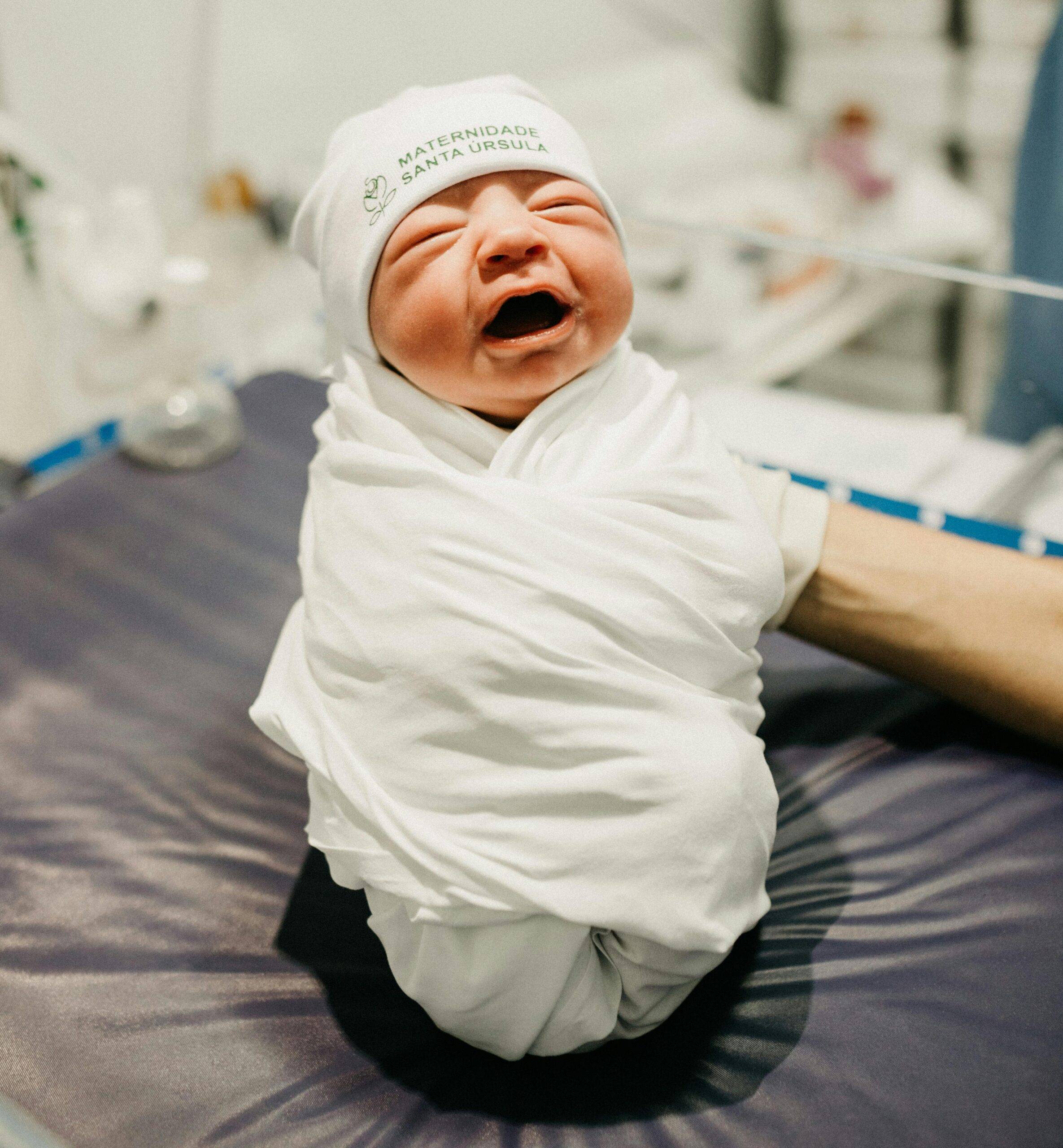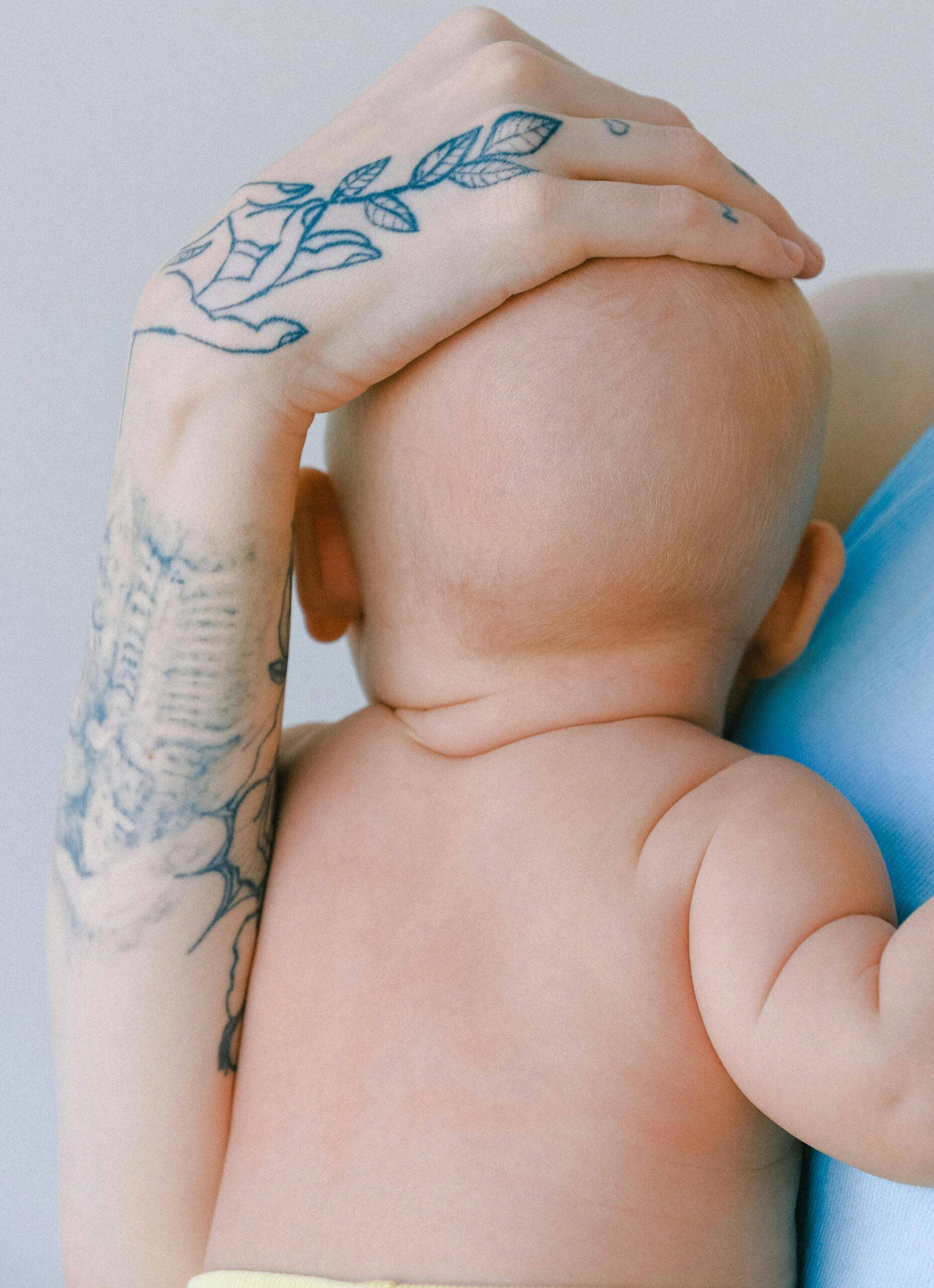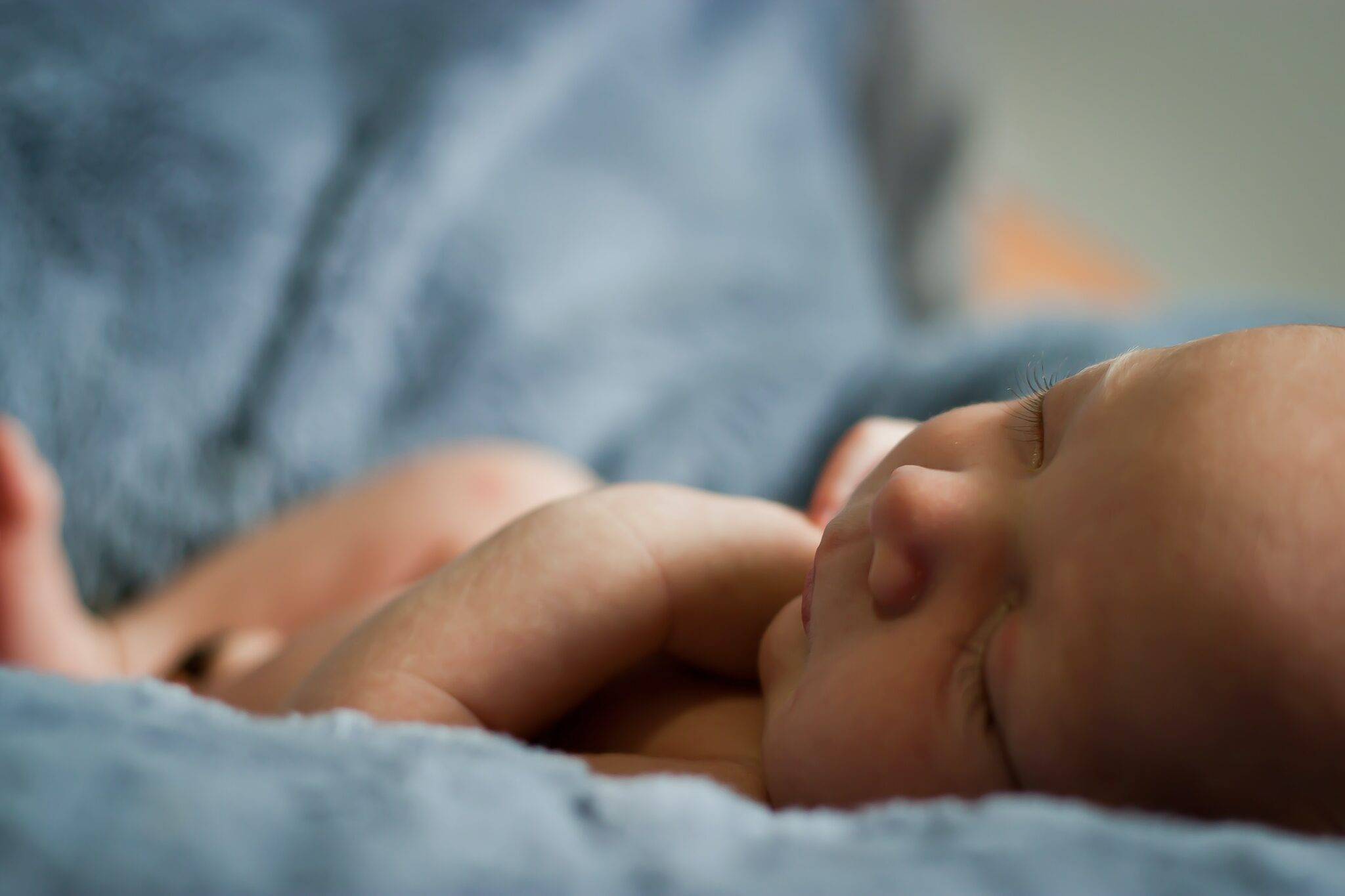👶 Baby Rashes Are Common—But Still Scary

If you’re a parent, chances are you’ve seen a rash pop up on your baby’s soft, delicate skin. While most baby rashes are totally normal and usually harmless, they can still be scary to look at—especially for new moms and dads.
This must-read guide will walk you through the most common infant rashes, what causes them, and—most importantly—how to know when a rash might mean something more serious. Our goal? To help you feel confident, calm, and ready to care for your baby’s skin with love and knowledge.
🧬Why Babies Get Rashes So Easily: Understanding Their Sensitive Skin
Baby skin is extra soft—but it’s also super sensitive. Right after birth, your little one’s skin is still learning how to live outside the womb. Because it’s so thin and new, it reacts quickly to things that might not bother older kids or adults. Here are the top reasons babies get rashes so easily:

- 🌡️ New environments: Sudden temperature changes, like moving from a cool room to warm weather, can upset your baby’s skin.
- 👕Fabrics and detergents: That adorable new onesie? If it was washed in a strong detergent or made of scratchy material, it could irritate.
- 💦Common irritants: Everyday things like saliva, drool, sweat, urine, or poop sitting against the skin for too long can lead to redness and rashes.
🧠Understanding these triggers can help you prevent many skin problems before they start. It’s all about knowing what touches your baby’s skin—and how to keep it clean, cool, and protected.
Common and Usually Harmless Infant Rashes
These baby rashes might look worrisome—but they’re usually nothing to stress about:
🧷Diaper Rash
Diaper rash appears as red, inflamed skin on the baby’s bottom, thighs, or genital area. It’s often caused by prolonged exposure to moisture, friction, and irritants like urine and feces. Keeping the area clean and dry and using barrier creams can help prevent and treat diaper rash.
🌞Heat Rash (Miliaria)
Heat rash, or prickly heat, presents as tiny red bumps on the skin, often in areas where sweat accumulates, like the neck, armpits, and diaper area. It’s caused by blocked sweat ducts and is common in hot, humid weather. Keeping your baby cool and dry can help alleviate this rash.
👶Erythema Toxicum
Erythema toxicum is a common, harmless rash that affects about 50% of newborns. It appears as red blotches with small white or yellow bumps, usually on the face, chest, and limbs. This rash typically resolves on its own within a week or two.
💢Baby Acne
Baby acne consists of small red or white pimples on the baby’s cheeks, nose, and forehead. It’s thought to be caused by maternal hormones and usually clears up without treatment within a few weeks to months.
🧼Cradle Cap
Cradle cap appears as scaly, greasy patches on the baby’s scalp. It’s a form of seborrheic dermatitis and is not harmful. Gently washing the scalp with a mild shampoo and using a soft brush can help remove the scales.
😮💨Drool Rash
Drool rash occurs when saliva irritates the skin around the mouth, chin, and neck. Keeping these areas dry and applying a gentle barrier cream can help prevent and treat this rash.
⚪Milia
Milia are tiny white bumps that appear on a baby’s face, particularly the nose and cheeks. They’re caused by blocked skin pores and usually disappear on their own within a few weeks.
🟦Mongolian Spots
Mongolian spots are bluish-gray patches that commonly appear on the lower back or buttocks of babies with darker skin tones. They’re harmless birthmarks that typically fade over time.
🎀Salmon Patches (Stork Bites)
Salmon patches are flat, pink, or red marks that often appear on the back of the neck, eyelids, or between the eyebrows. They’re harmless and usually fade as the child grows.
🩺Rashes That May Need Treatment or Evaluation
While many baby rashes are harmless and go away on their own, some might need a closer look from your pediatrician. These types of rashes can require special care, prescription treatments, or allergy testing.
🍄Yeast Diaper Rash
If your baby’s diaper area is bright red with well-defined edges and has small red dots nearby (called satellite lesions), it could be a yeast infection.
🩹 This type of rash won’t go away with regular diaper cream—you’ll likely need an antifungal cream prescribed by your doctor.
🧴Eczema (Atopic Dermatitis)
Eczema shows up as dry, itchy, red patches, often on the cheeks, elbows, or knees.
🧬 It’s a chronic condition and may flare up at times. Treatment includes moisturizing daily, using gentle skin products, and possibly prescription creams for more severe cases.
🐝Hives (Urticaria)
Hives are raised, red welts that are itchy and can move around the body. They may appear after eating certain foods, taking medicine, or during a viral illness.
⚠️ If your baby gets hives, talk to your doctor to rule out allergies or infections—and to get advice on the right treatment.
🧤Contact Dermatitis
This rash pops up when your baby’s skin touches something irritating—like a soap, lotion, plant, or fabric. It looks red, swollen, and sometimes itchy or painful.
✅ The best treatment is removing the cause, then soothing the area with a gentle, pediatrician-approved cream.
🚨 When a Rash is a Red Flag: Signs that Need Urgent Medical Attention
Most rashes are no big deal, but some can signal more serious. Call your pediatrician immediately if your baby has:
- 🌡️ A rash with a fever, especially in infants under 3 months.
- 🟣 A purple or bruise-like rash that doesn’t fade when pressed (called petechiae or purpura).
- 🚀 A rash that spreads quickly.
- 🔥 Blisters or open sores.
- 😴 Rash along with trouble breathing, unusual sleepiness, or general signs of being very sick.
- 😣 A rash that is painful to the touch.
- ❌ A rash that doesn’t blanch (turn white when you press it).
📞 These symptoms could be signs of a serious illness and should be checked immediately.
🧼 Smart and Simple Baby Skincare Tips to Prevent Rashes
Healthy skin starts with gentle care. A few simple habits can go a long way in keeping your baby’s skin soft, smooth, and rash-free. Here are some tried-and-true tips to help you protect your little one from common skin irritations:
🛁 Stick to gentle baths
You don’t need to bathe your baby every day. Two to three times a week with warm (not hot) water and a mild, fragrance-free baby wash is usually enough. Daily bathing can dry out baby’s skin. Visit this article for bathing tips for your newborn: Bathing 101: Best Ways to Bathe Your Newborn
🧴 Use baby-safe products
Look for hypoallergenic and fragrance-free lotions, shampoos, and laundry detergents. These are much less likely to cause irritation or allergic reactions.
💧 Keep skin dry
Moisture is one of the biggest causes of rashes. Change diapers often, and be sure to gently pat dry between skin folds—especially around the neck, armpits, and thighs.
👕 Dress for comfort
Use soft, cotton clothes that let your baby’s skin breathe. Avoid heavy layering or tight fabrics, which can cause overheating and sweating—leading to rashes like heat rash or prickly heat.
🌬️ Watch for hot spots: In warm weather, gently cool down sweaty areas like the neck, underarms, and diaper zone.
🧤 Barrier creams help: Apply a zinc oxide cream to protect against diaper rash. For a deeper dive into how this cream can help, check out Zinc Oxide: The Miracle Cream for Your Child’s Skin Woes.
📌 Tip: If you’re dealing with a rash-prone baby, try reading 6 Important Steps to Deal with Diaper Rash: Keeping Your Baby Comfortable for more targeted skin relief tips.
Gentle skin care goes a long way in keeping your baby happy, healthy, and rash-free.
Check out more on baby skincare tips in this article: Baby Skincare 101: How to Preserve Your Infant’s Sensitive Skin
🧠Trust Your Gut and Keep Your Baby’s Skin Safe

Most baby rashes are harmless and clear up on their own—but that doesn’t mean they aren’t scary when you first spot them. Now that you know the difference between the common, harmless rashes and the serious warning signs, you’re better prepared to care for your little one with confidence.
Good skin care makes a difference. Keeping your baby’s skin clean, dry, and away from harsh products can go a long way in preventing rashes before they start. But if something ever feels off, don’t hesitate to call your pediatrician—especially if the rash comes with a fever, spreads fast, or just doesn’t look right.
📸 Want to see what common rashes look like? Visit Omega Pediatrics’ 7 Common Rashes in Babies: A Visual Guide for New Parents
Your baby’s health is always worth a second look—and you’re doing great, parent. You’re not alone in this journey! 💛



